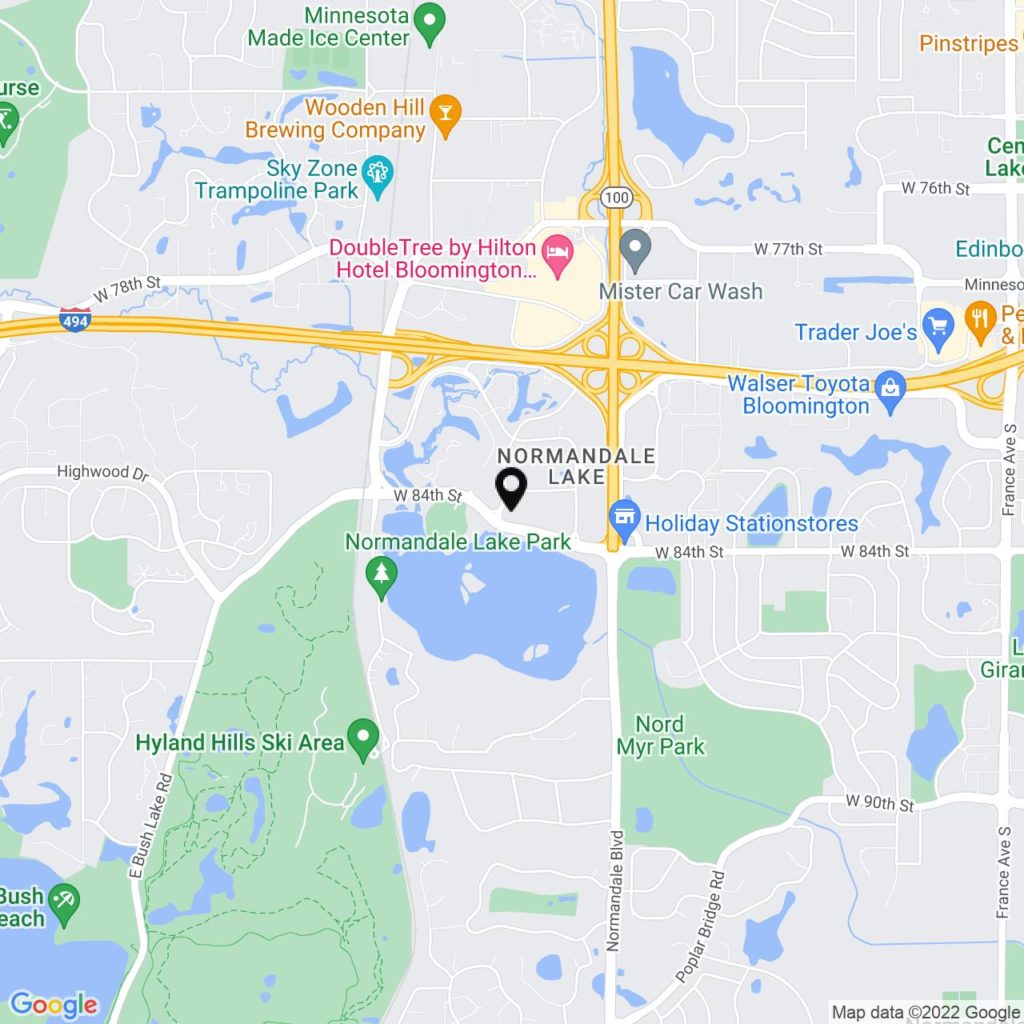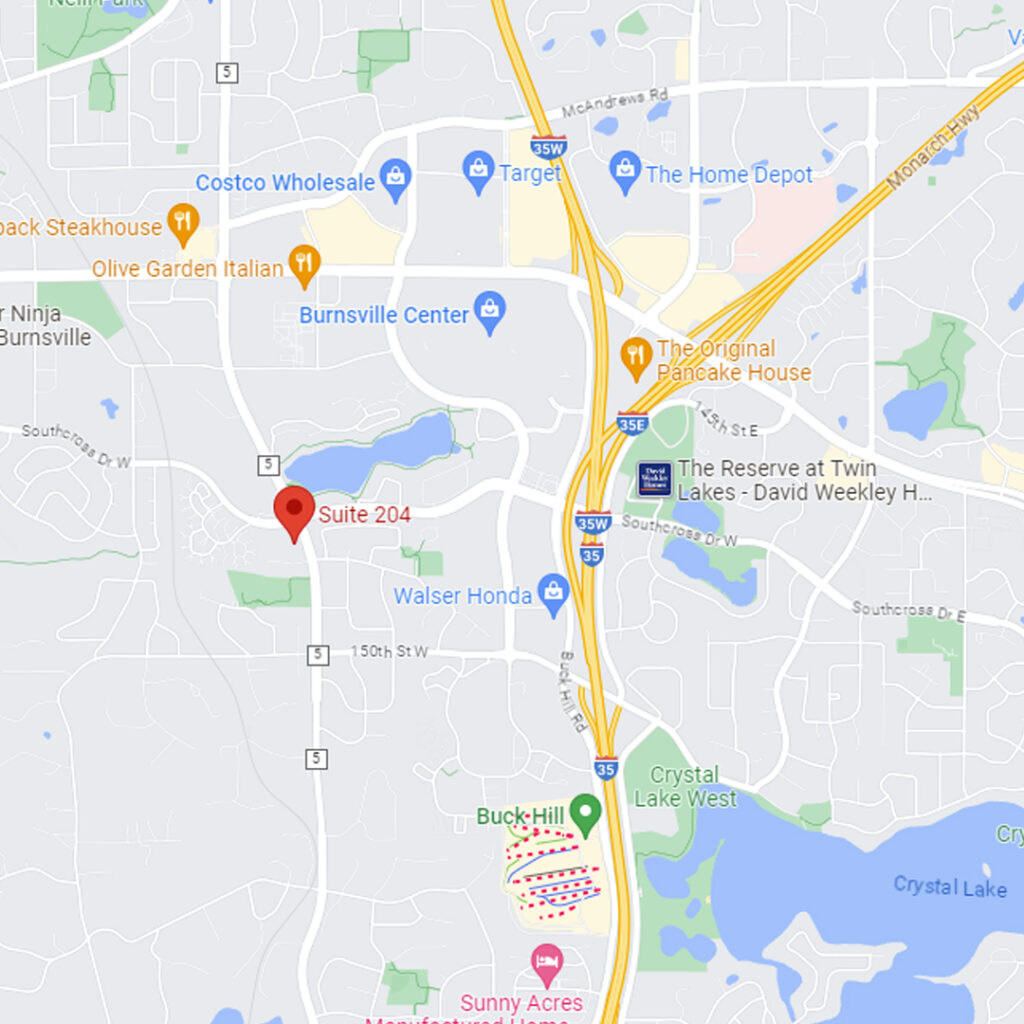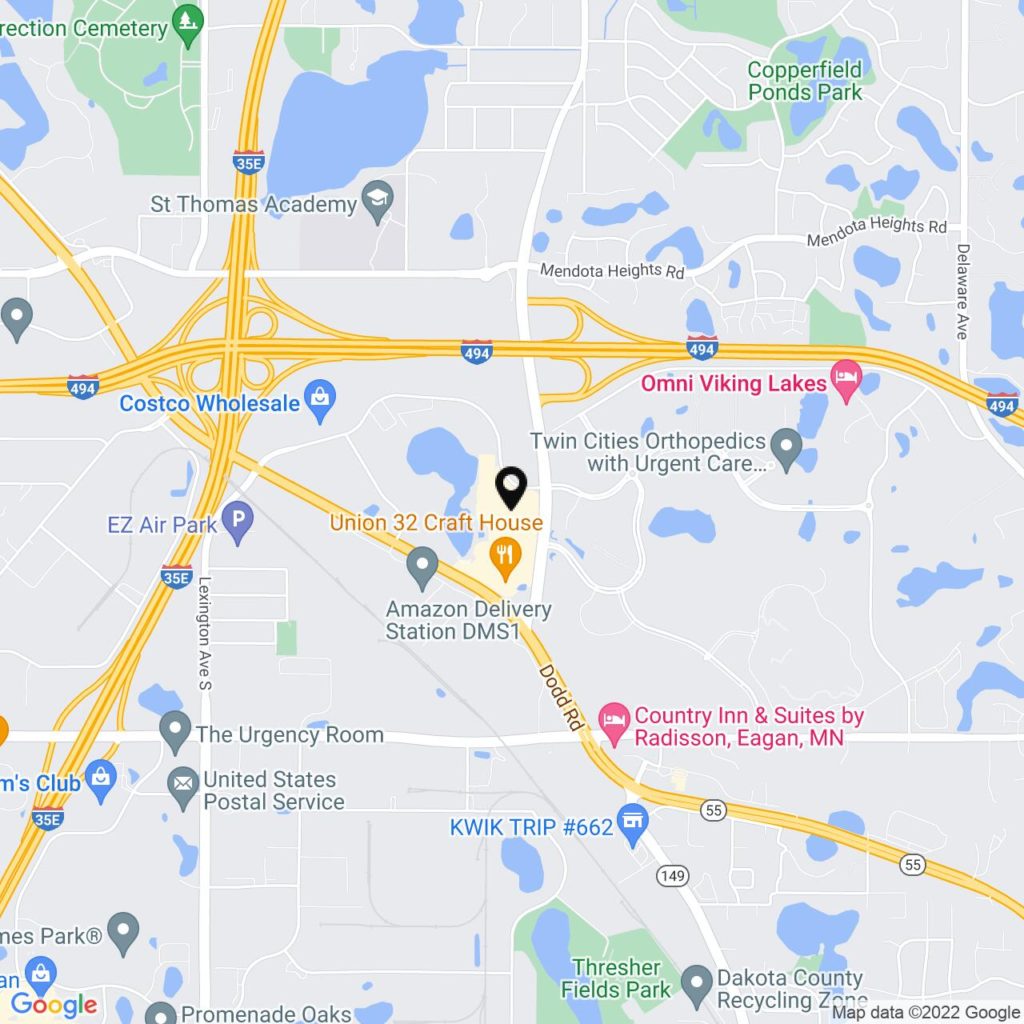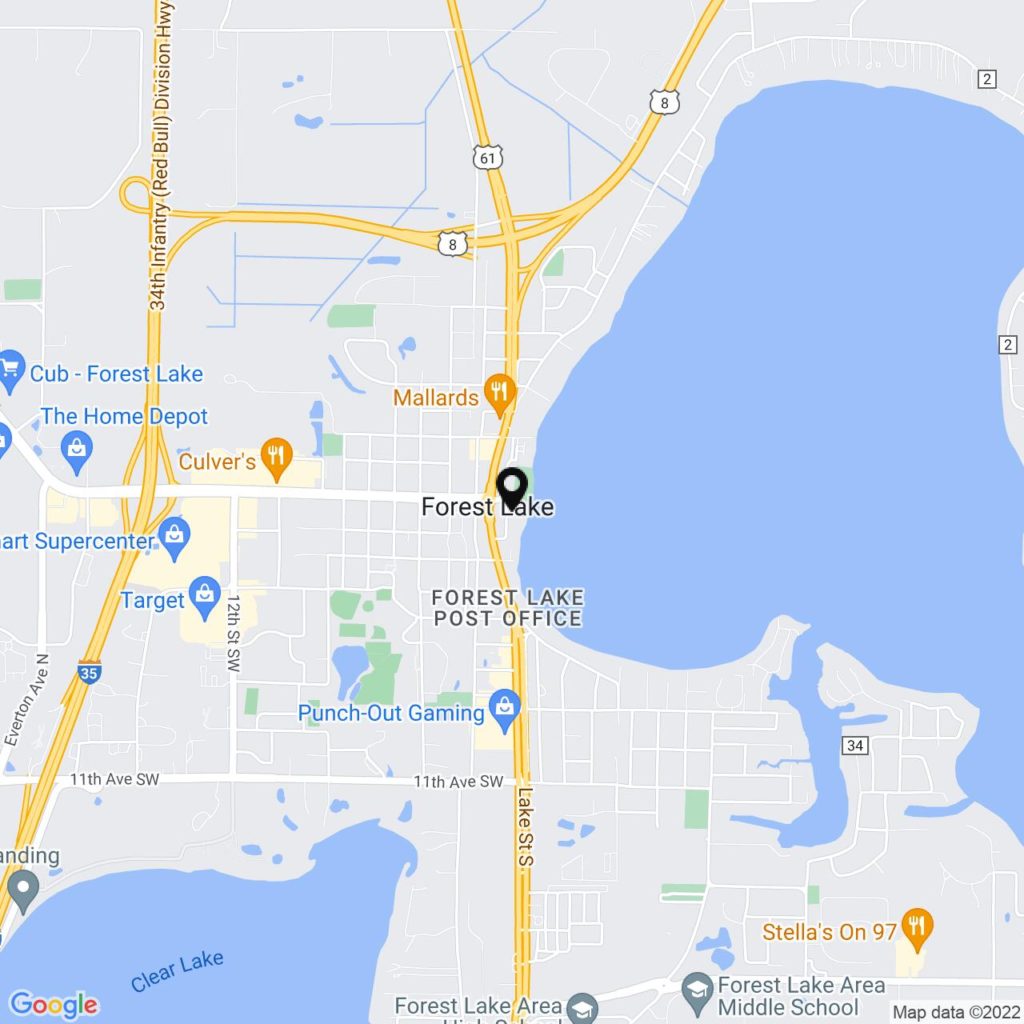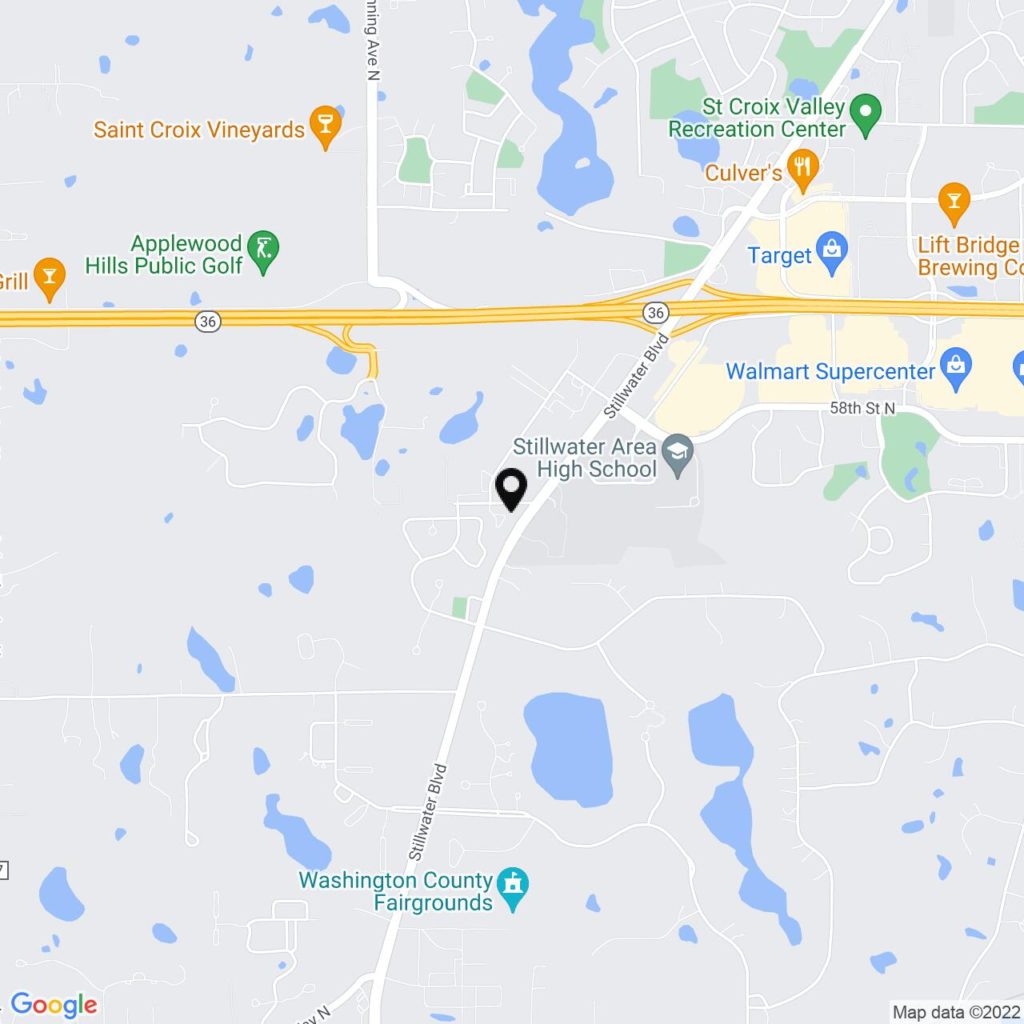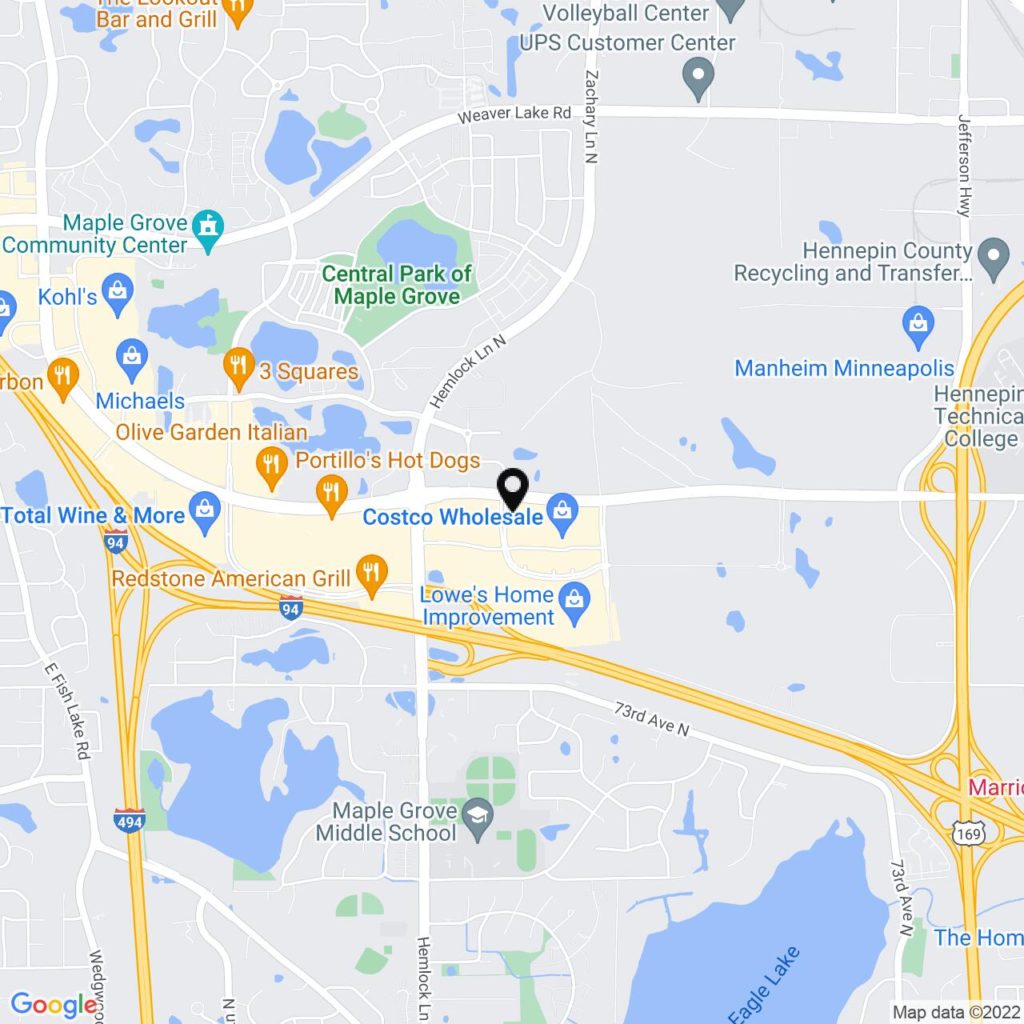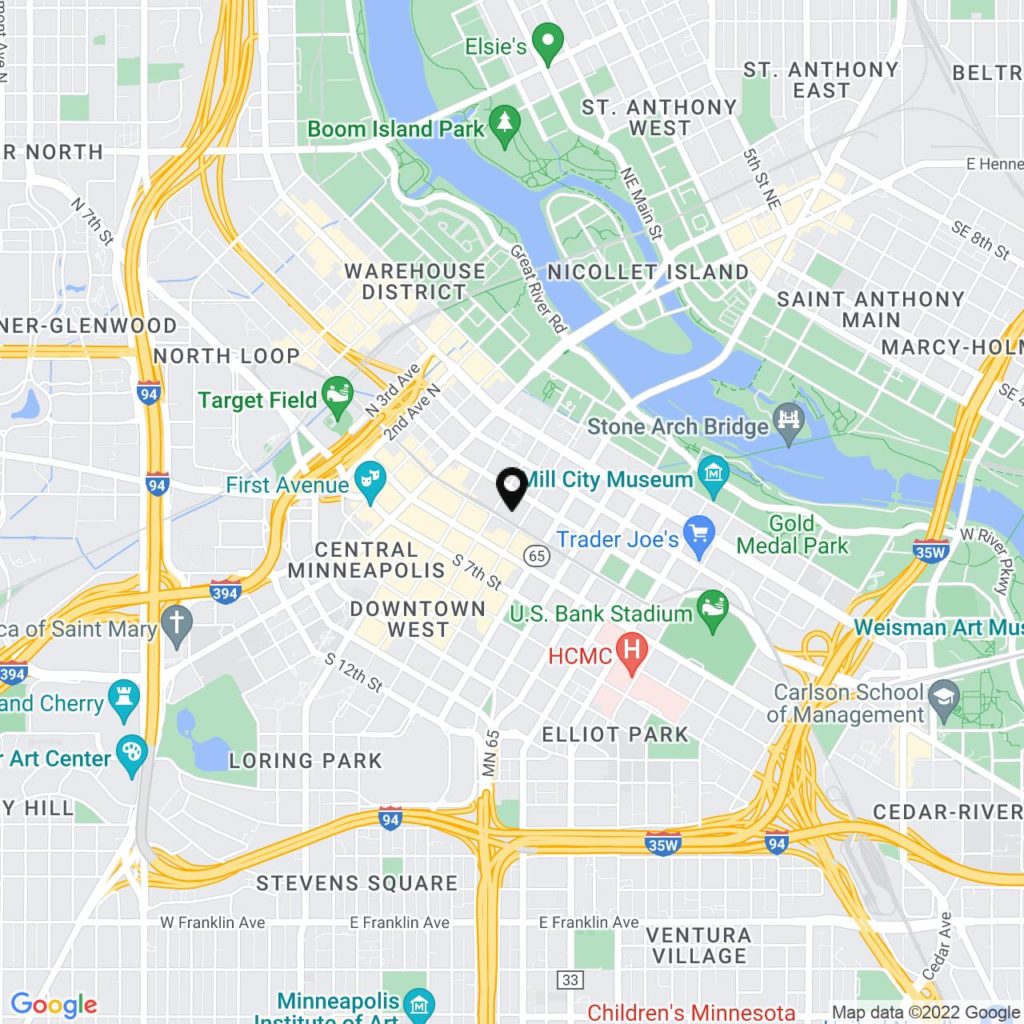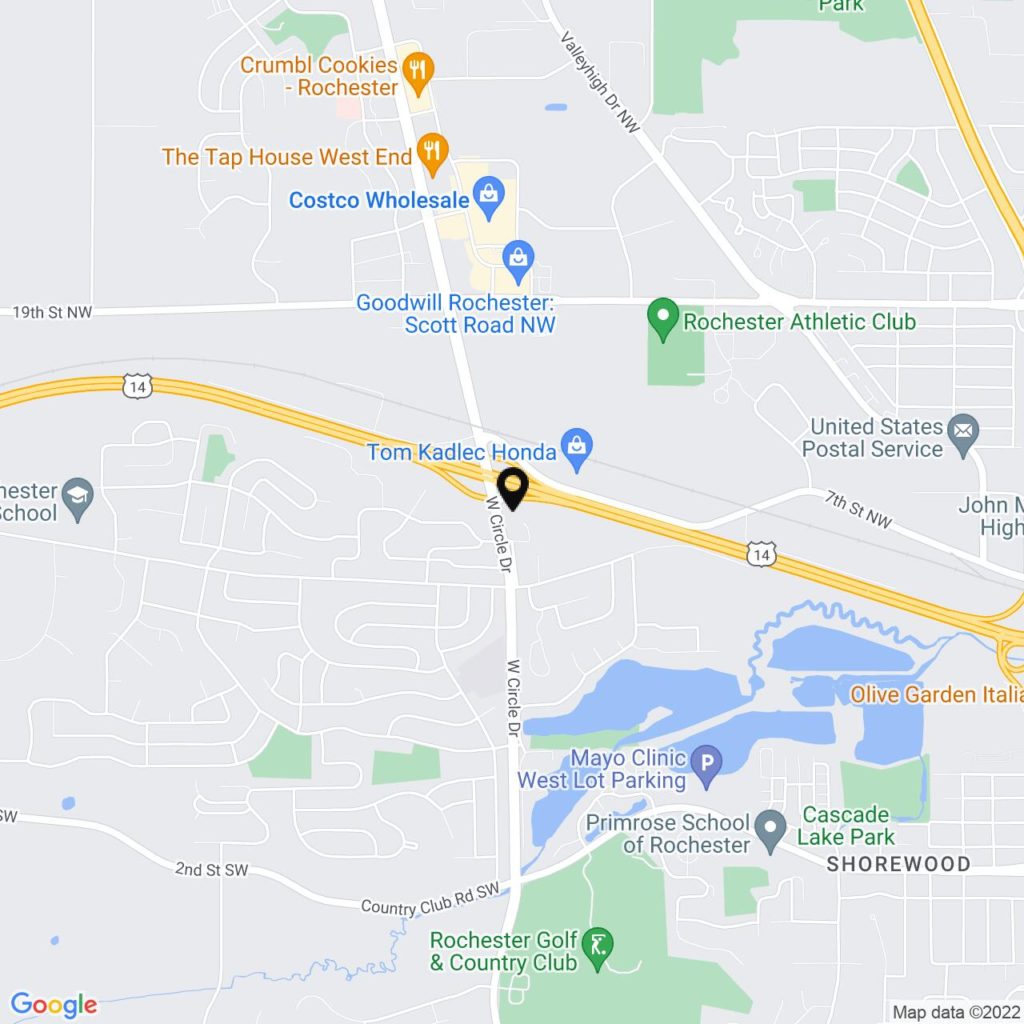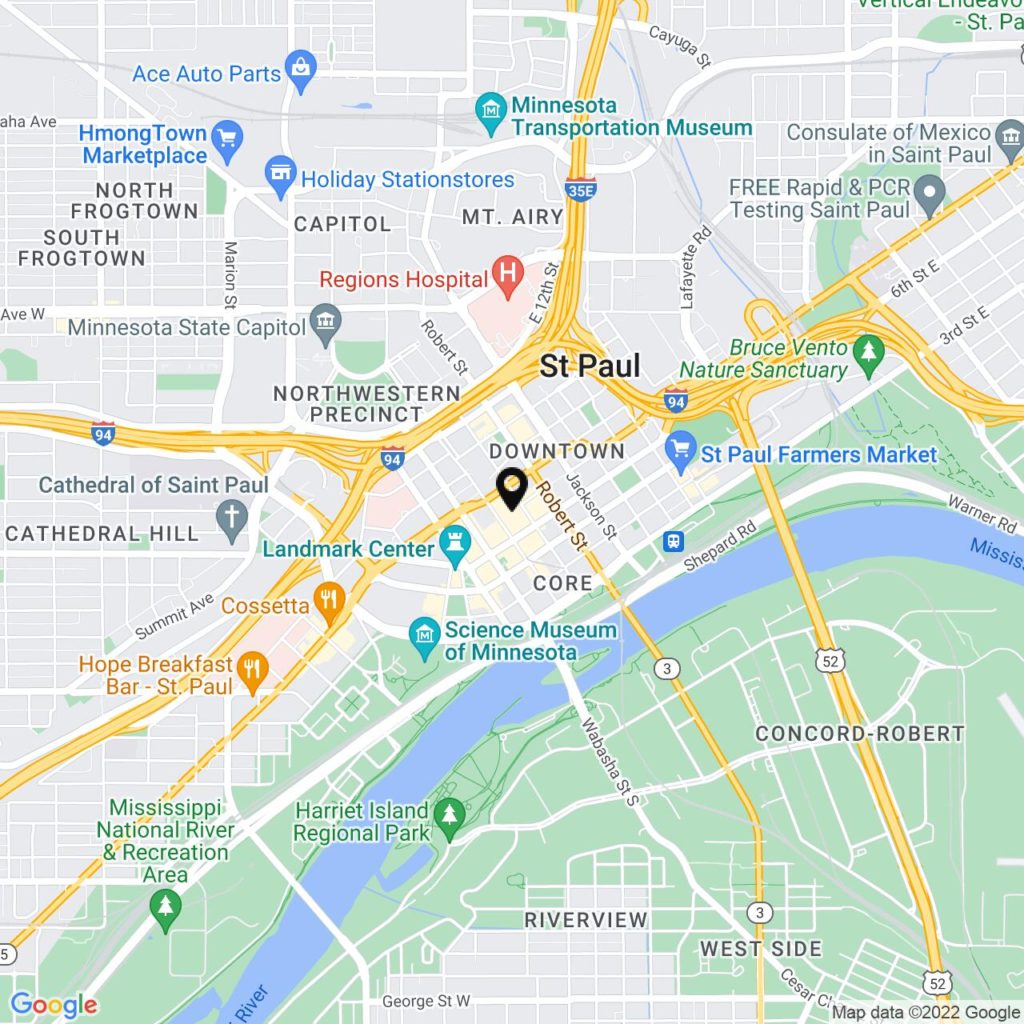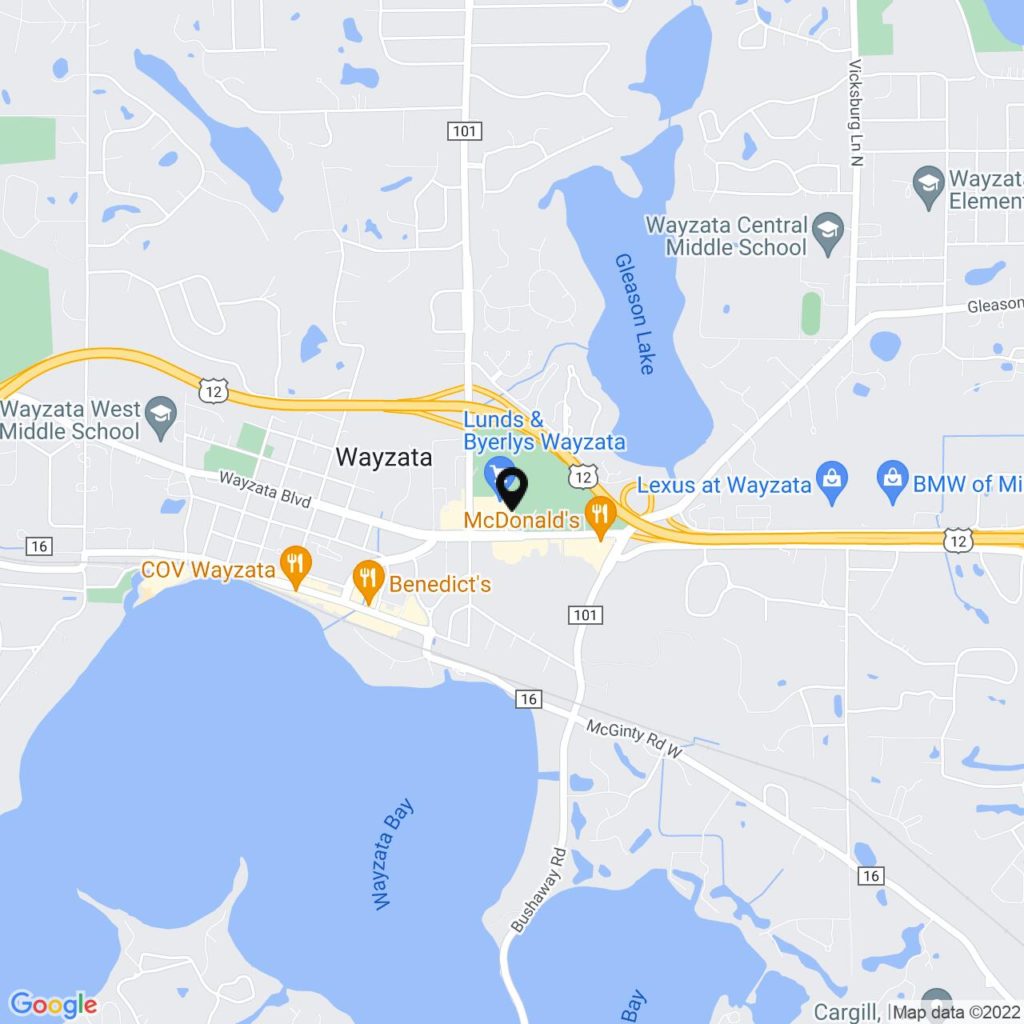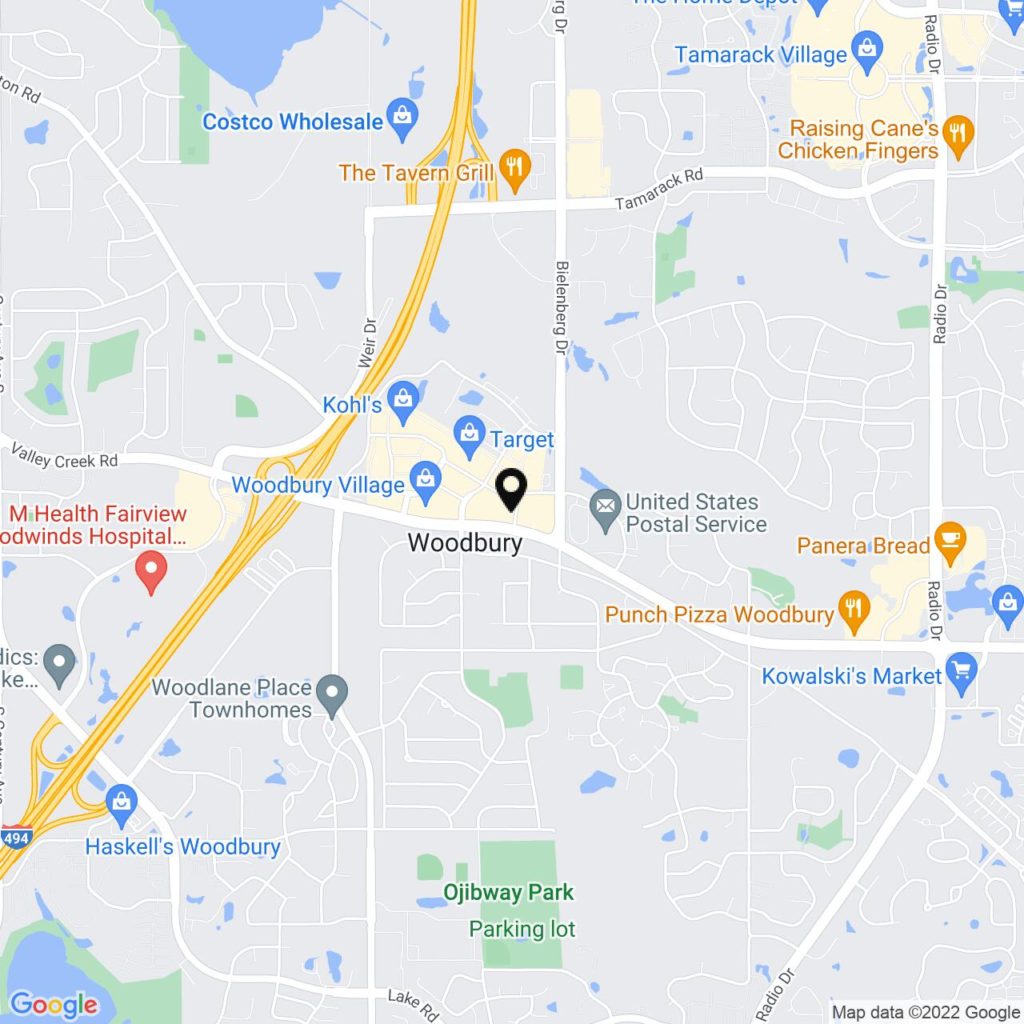 Caring for an aging relative or friend is a loving service to provide for someone. It can be a challenging role to fill, in terms of emotion, time, and sometimes even finances. In some circumstances, the challenges may become overwhelming, and the family member may need to bring in more help, which sometimes means other family members, other friends, or professional medical providers. While in most cases, the result is that all the caregivers have the support they need to give the proper care to the elderly individual, it is also possible that the elderly individual could fall victim to elder abuse. Minnesota has laws to help protect the aging population from elder abuse, intended to make sure that this vulnerable section of the population has better protection. Careful planning before the abuse happens can help provide even more layers of protection for the elderly individual against those who would seek to commit financial exploitation.
Caring for an aging relative or friend is a loving service to provide for someone. It can be a challenging role to fill, in terms of emotion, time, and sometimes even finances. In some circumstances, the challenges may become overwhelming, and the family member may need to bring in more help, which sometimes means other family members, other friends, or professional medical providers. While in most cases, the result is that all the caregivers have the support they need to give the proper care to the elderly individual, it is also possible that the elderly individual could fall victim to elder abuse. Minnesota has laws to help protect the aging population from elder abuse, intended to make sure that this vulnerable section of the population has better protection. Careful planning before the abuse happens can help provide even more layers of protection for the elderly individual against those who would seek to commit financial exploitation.
One method is to establish a guardianship and/or conservatorship. Guardianship over a person means that you have control of them as a person, like a parent. Conservatorship over the elderly person’s finances means that you will be responsible for overseeing the elderly person’s finances and bills. In order to obtain a guardianship and/or conservatorship, you will need to file a Petition with the court and demonstrate that the elderly person is unable to continue to adequately oversee himself or herself or his or her financial issues and needs additional assistance. By removing financial control from the direct hands of the elderly individual, it will be more difficult for other caregivers to exploit him or her.
Another method is for the elderly individual to create an irrevocable trust that names a trusted family member or friend as trustee and the elderly individual as beneficiary. This will provide several layers of protection by not only removing all of the elderly person’s assets from his or her ownership, but it will also mean that creditors will not be able to seize any of the assets in the trust. The trustee will be able to distribute funds to the elderly person so he or she can pay bills and purchase necessities, or the trustee can pay the bills directly, depending on the terms of the trust.
Another method that has both pros and cons is adding your name as a joint owner on any financial accounts. This will give you free access to the accounts, meaning that you will have the ability to monitor the funds inside and determine what is being done with those funds. If a person is committing financial abuse by draining accounts, you will be able to identify the fraud immediately and take action.
We are experienced in helping our clients identify the best ways to help protect their friends and loved ones against elder abuse. Call us right away to talk about what we can do to help you.















